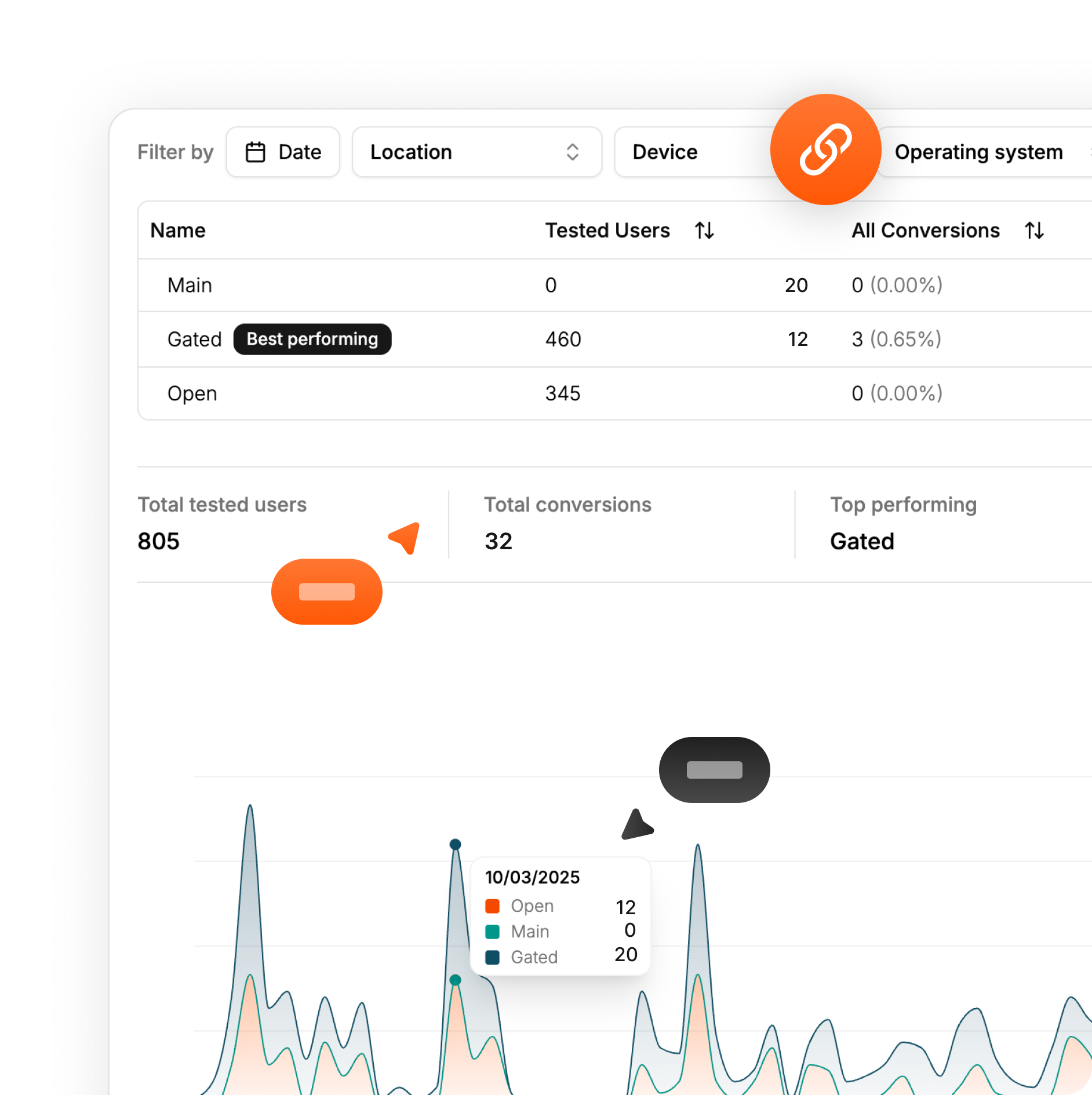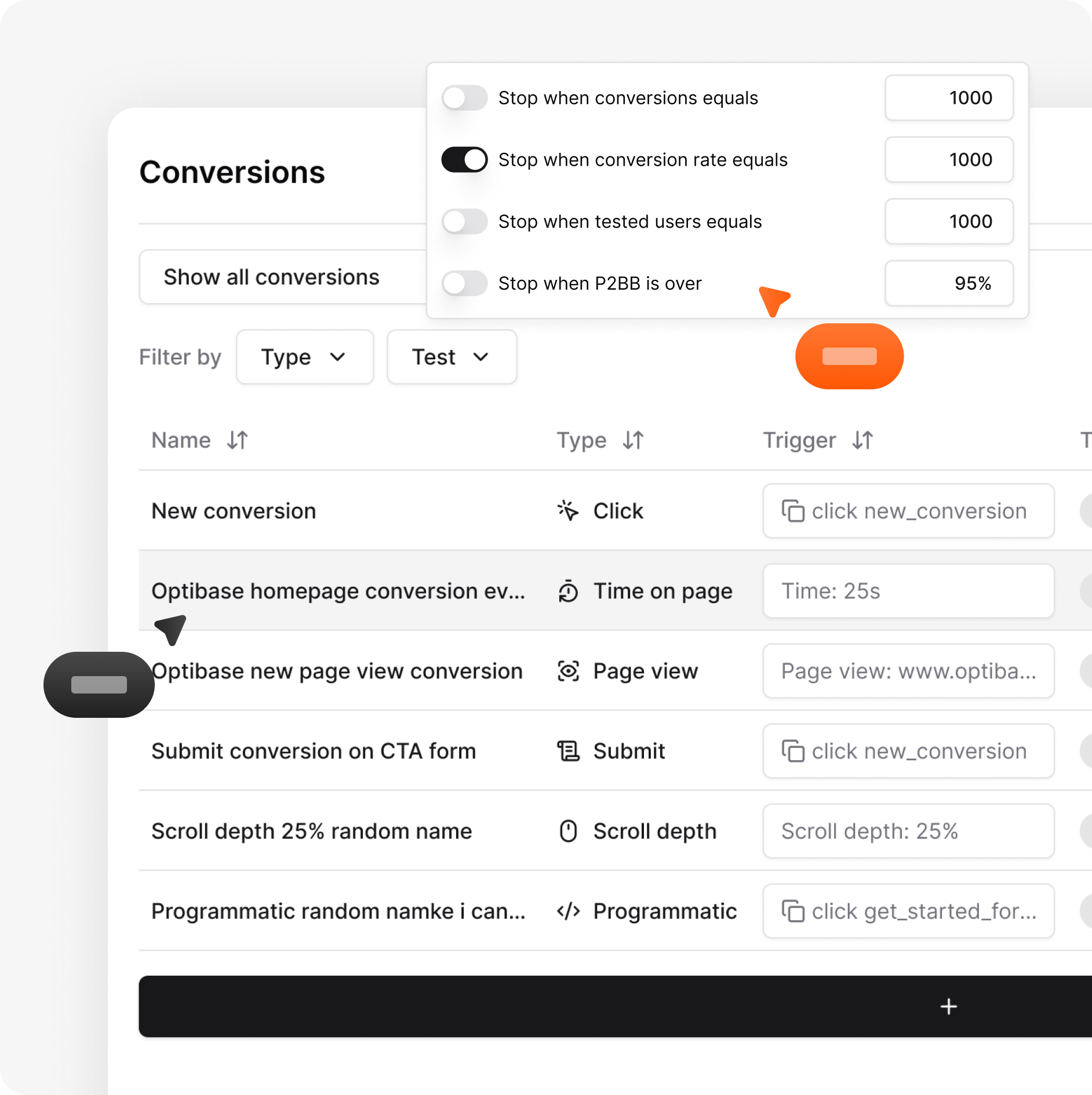Install Optibase
If you want to split test in Webflow, plenty of options are available, but only one seamlessly integrates with Webflow. Optibase, a Webflow app, lets you set up split tests in minutes without compromising website loading performance. Find Optibase in the Webflow Apps marketplace and install it in Designer.



.svg)


.svg)




.svg)
.svg)








